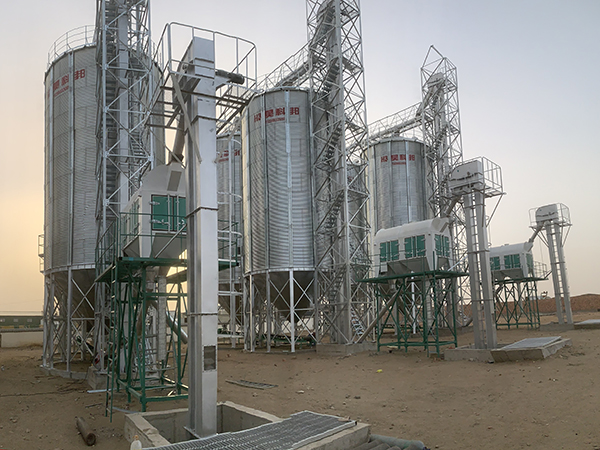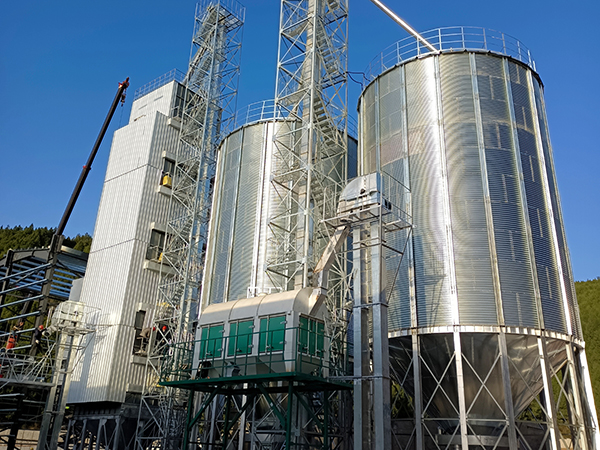How to effectively manage malt silo
Effective malt silo management involves planning, selecting adaptable silos with precise temperature and humidity control, pest management, and fire safety features. Coban offers tailored malt silo solutions, ensuring malt quality and safety in storage.
- Barley grain bin company in Tanzania
- rice grain bin factory in Rwanda
- Paddy grain bin supplier in Guinea
- Wheat Cone-Bottom Silo Franchise in Thailand
- Wheat cone bottom silo procurement in Thailand
- Wholesale Wheat Cone-Bottom Silo in Malaysia
- Manufacturers of Wheat Cone-Bottom Silo in Malaysia
- Wheat Cone-Bottomed Silo Suppliers in Uganda
- Cone-Bottom Wheat Silo Sales in Uganda
- Wheat cone bottom silo price in Uganda
- Soybean meal grain bin sale in Guinea
- Corn grain bin price in Libya
Malt silo are key facilities in malt storage, providing necessary protection and a stable environment for malt seeds. Proper silo management is crucial for maintaining seed quality and extending storage duration. This article will delve into how scientific management and advanced technology ensure optimal seed condition within silo.
Preparations needed beforehand
Thorough planning is vital before designing a malt silo. First, assess the farm’s cultivation area, seed quantity required, and crop harvest frequency meticulously. These key data help determine the appropriate silo capacity, avoiding resource wastage or insufficient storage space. The silo’s design should also be scalable to accommodate production growth for future expansion.


Choosing the right malt silo
Selecting the right malt silo isn’t easy. Consider the following factors at least:
Flexibility and adaptability
Malt silo design should be highly flexible to adapt to changing production needs. This may include modular design elements allowing for capacity adjustments or adjustable structures for different storage conditions and crop types. Flexible design reduces the need for major silo modifications, saving costs and improving operational efficiency.
Temperature and humidity control
Temperature and humidity significantly affect malt seed vitality and storage. Malt silo should also be equipped with temperature and humidity regulators. These regulators monitor the silo environment in real-time, activating adjustments when parameters exceed set ranges. For instance, temperature control systems can lower silo temperatures with cooling units, while humidity control systems adjust humidity with humidifiers or dehumidifiers. Additionally, silos can install ventilation systems to promote air circulation naturally or mechanically, further stabilizing the environment.
Pest control
Pest control is an essential part of malt silo management. To prevent pest infestation, silo feature sealed structures and install pest traps, reducing pest intrusion and breeding. Regular silo inspections and cleaning are also key to pest prevention, with timely removal of residues and cleaning reducing the risk of pest proliferation.


Fire safety
Fire safety is an indispensable aspect of silo design. Silos are equipped with complete fire protection systems, including smoke detectors, automatic sprinkler systems, and fire extinguishers. Smoke detectors alert early in a fire, while automatic sprinklers quickly activate to control the blaze. Moreover, silo construction materials are fire-resistant, such as fireproof coatings and boards, enhancing the silo’s overall fire safety. These measures greatly reduce the potential threat of fire to the silo and malt.
Contact Coban
Coban has extensive experience in designing and building malt silo. Our professional team provides tailored solutions to ensure the quality and safety of your malt during storage. If you have grain storage needs, whether for malt or other seeds, feel free to contact us.







